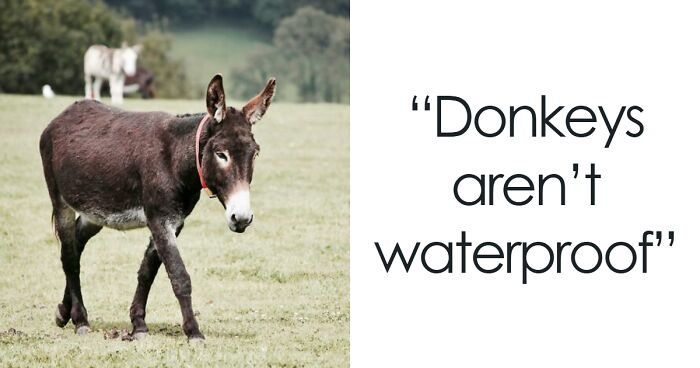
244Kviews
Person Reviews The Incredibly Different Bird Nesting Styles With Ridiculous Commentary (19 Pics)
Science writer Ferris Jabr has just done a great public service. Not only did Jabr educate Twitter users about the nesting styles of different birds, but he also did it in an amusing way that will resonate even with those who failed their biology classes.
Jabr's eggcellent 'reviews' take a critical and hilarious look at the idiosyncratic minds behind these splendid bird nests, and they immediately went viral. Internet commenters are applauding his witty style and are already asking him to expand the series, including other wildlife. Let's hope he does.
More info: Twitter
This post may include affiliate links.
Hummingbird
According to The Cornell Lab of Ornithology, over 700 bird species breed in North America and as you can see from Jabr's reviews, the variations in their behaviors are as fascinating as they're complex. From finding mates and building nests to laying eggs and raising their young, different species are doing everything in incredibly different ways.
American Robin
Bird nests come in many shapes and forms. "Some birds (e.g., robins) build cup-shaped nests of sticks, lined with soft grass, in branches of trees," Dawn Hewitt, the editor for Bird Watcher’s Digest, told Bored Panda. "Some birds (plovers) scrape a shallow depression in the sand or soil, and that's all there is to their nest. Some birds (orioles) weave tight, pendulous nests from plant fibers, nests that sway in the breeze as they dangle from branches—often from two adjacent trees!"
If you look closely, you can find nests almost anywhere – on the ground, in trees, in burrows, on the sides of cliffs, in and on human-made structures, and so on.
Pigeon
"Nests aren't bedrooms, but nurseries," Hewitt highlighted." Nests are where eggs are laid and incubated. And that's all that birds have in common when it comes to nesting."
Indeed, the total number of eggs that a female can lay in one nesting attempt also varies widely depending on the species. For instance, many tropical birds lay clutches of only 2 or 3 eggs but wood ducks can lay up to 15 eggs in one nesting attempt. Clutch size can also vary widely among individuals of the same species depending on much food and calcium they gather, the age of the female, weather, and other factors.
White Tern
Times only get tougher when the eggs finally hatch -- the increased activity in the nest and begging cries of the little ones attract predators. "Predators are the biggest problem for young birds," Hewitt said. "Hatchlings can't fly, so they're easy targets, especially when the parents are temporarily inattentive (off bringing food, or removing fecal sacs)."
Hewitt added that most (but not all) young birds spend some time on the ground before they can fly (or fly well), and that makes them especially easy targets.
"But freezing temperatures, such as we've had for the past few days where I live in southeastern Ohio, can be a huge problem for nesting birds. Almost all songbirds feed their young insects, and when it's unusually frigid during nesting season, flying insects go dormant, and are hard to find. Nestlings can freeze or starve in cold weather."
The first year is the always toughest; in almost all bird species, more than half of the baby birds perish during the first year.
Sociable Weaver
Common Tailorbird
Vogelkop Bowerbird
Potoo
Toucan
Penduline Tit
Coot
Hammerkop
Penguin
Emu
Killdeer
Megapode
Or as we call them... the old Bush Turkey....they will do this to your garden...My husband and I once utilized them to clear a patch of scrub at the bottom of our property. It was rainforest style and we would scatter fruit throughout. They would come and scratch and dig and they cleared all the scrub out for us.... thanks you turkeys ;)
Red Ovenbird
Kittiwake
It's eggs are much more conical than most bird eggs, so they roll in a circle instead of off the cliff.

 Dark Mode
Dark Mode 

 No fees, cancel anytime
No fees, cancel anytime 



















































![“AITA For Losing [It] And Screaming At GF To Get Out Of My House After What Her Stepbrother Did?”](https://www.boredpanda.com/blog/wp-content/uploads/2025/01/man-screams-gf-over-creepy-stepbrother-fb18-png__700.jpg)






